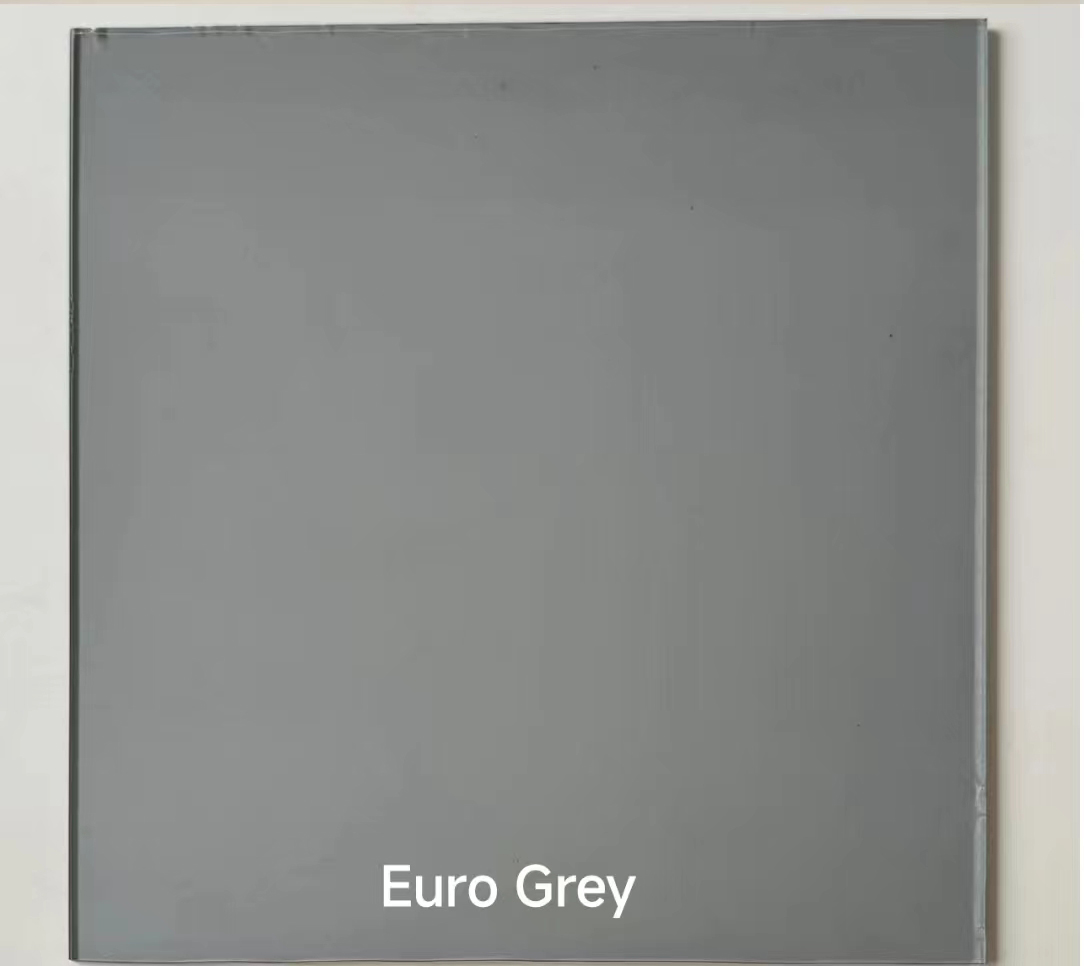

The Rise of Mirror Glass Companies Reflecting Innovation and Aesthetics
In the world of architecture and design, the significance of mirror glass cannot be overstated. As urban spaces evolve and demand for aesthetic and functional materials grows, the mirror glass industry is witnessing an upward trajectory. Mirror glass companies are at the forefront of this innovation, offering products that combine beauty, utility, and sustainability.
The Role of Mirror Glass
Mirror glass serves multiple purposes across various sectors. It is not merely a decorative element but also an essential component in modern architecture. Its reflective quality enhances natural light, creating the illusion of more space in urban environments. Additionally, mirror glass is widely used in interior design, commercial spaces, and even automobiles. Companies specializing in this material have diversified their products to cater to the unique demands of different industries, from home decor to high-rise buildings.
Innovations in Mirror Glass Technology
The technological advancements in the production of mirror glass have significantly improved its quality and functionality. Traditional methods have evolved into sophisticated processes that enhance durability, energy efficiency, and safety. For example, low-emissivity (low-E) coatings are now common, allowing insulation against heat loss while maintaining the reflective properties of glass. Some mirror glass companies are also exploring smart glass technology, where mirrors can switch from transparent to opaque, granting users more control over privacy and light transmission.
Moreover, the incorporation of eco-friendly manufacturing practices is a growing trend. As sustainability becomes a crucial factor in architectural design, mirror glass companies are investing in greener production methods. This includes the use of recycled materials and processes that minimize waste and energy consumption. Such innovations not only appeal to environmentally conscious consumers but also align the companies with global sustainability goals.
Aesthetic Appeal and Customization

In the realm of aesthetics, mirror glass offers unparalleled versatility. With various finishes, tints, and textures available, designers can create truly unique spaces tailored to individual preferences. Companies in this sector are increasingly offering customized solutions, allowing architects and interior designers to experiment with different styles and applications.
Whether it’s a sleek, modern skyscraper, a chic retail store, or a cozy home, mirror glass can contribute to a distinctive ambiance. The reflective surface can amplify colors, enhance patterns, and create an illusion of depth, making it a favored choice among contemporary designers.
Challenges and Opportunities
Despite its many advantages, the mirror glass industry faces certain challenges. The market is highly competitive, with numerous players vying for a share. Additionally, fluctuations in raw material prices can impact production costs. However, these challenges also present opportunities for innovation. Companies that can adapt, embrace new technologies, and respond to market trends are likely to thrive.
Furthermore, as urbanization continues and the demand for energy-efficient buildings rises, the role of mirror glass is expected to expand. Projects focused on green buildings and sustainable design will increasingly incorporate advanced mirror glass solutions, providing a robust avenue for growth.
Conclusion
The mirror glass company sector stands as a testament to the intersection of art and science. Through continuous innovation, a commitment to sustainability, and a keen understanding of design trends, these companies are not just reflecting light but also shaping the future of architectural and interior design. As they navigate the challenges and opportunities ahead, they will undoubtedly continue to play a crucial role in transforming spaces and enhancing the built environment.